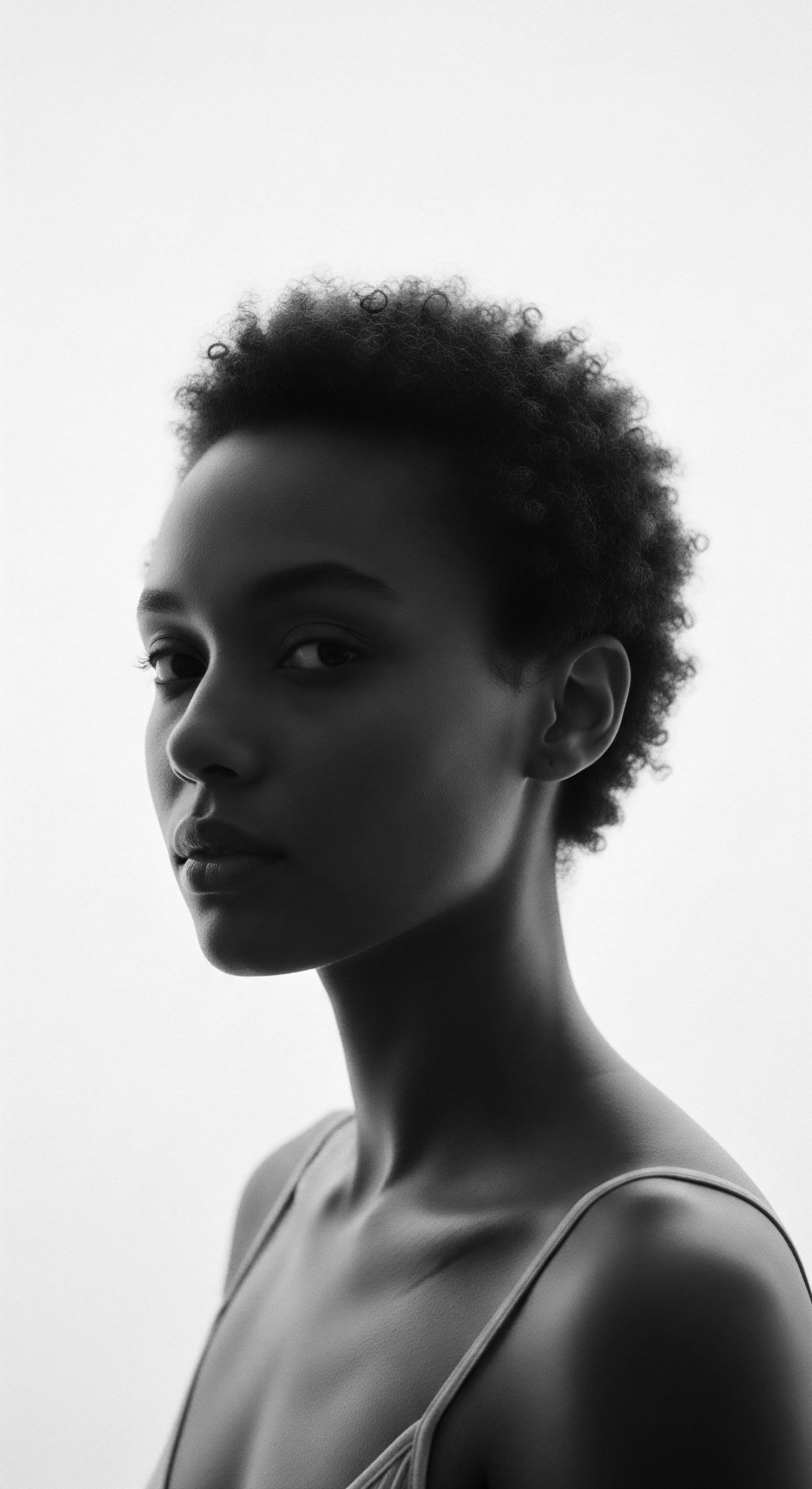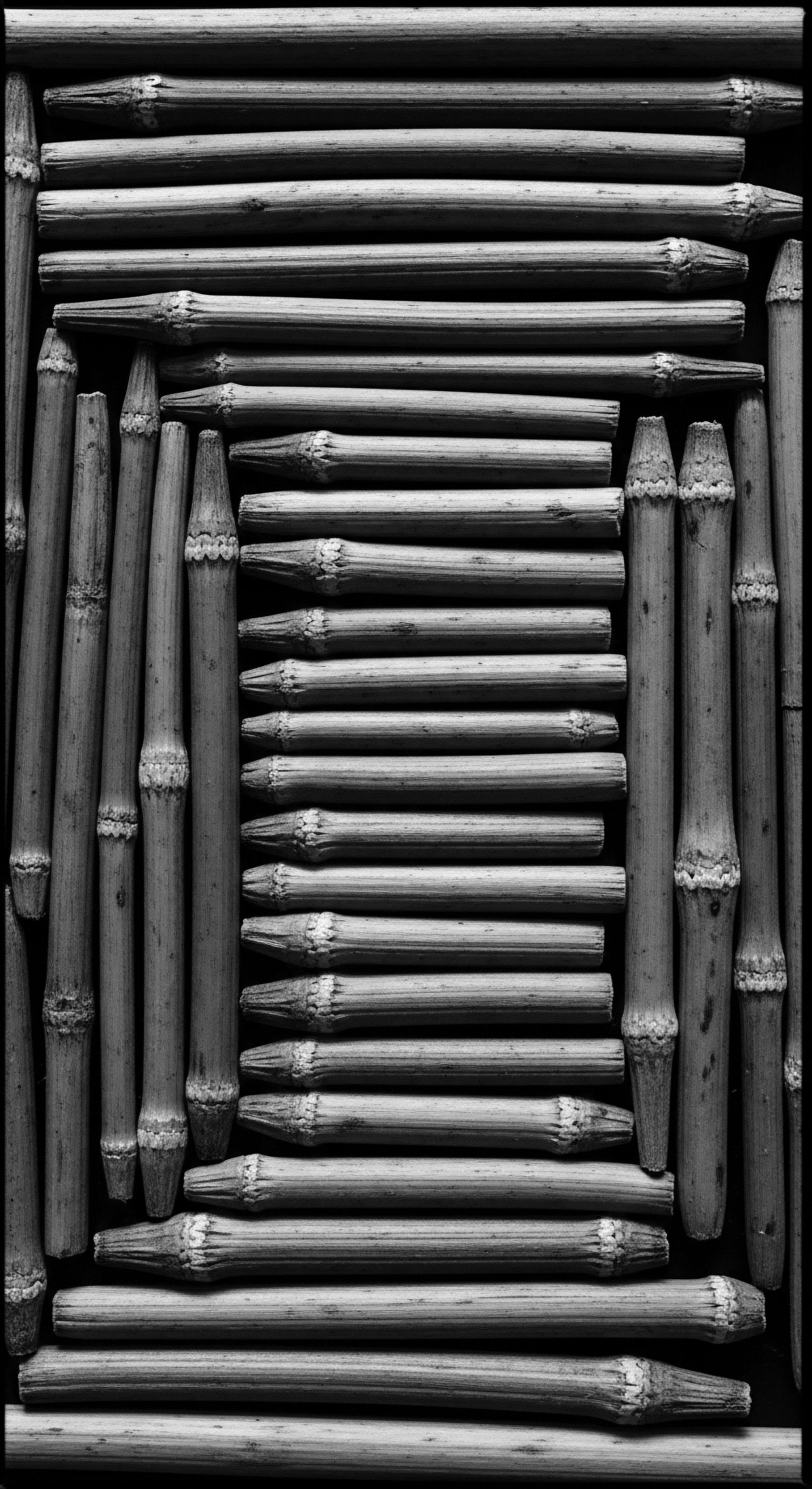
What is the biological reason for varied textured hair?
Varied textured hair stems from inherited follicle shapes and protein distribution, a biological legacy shaped by ancestral adaptation.
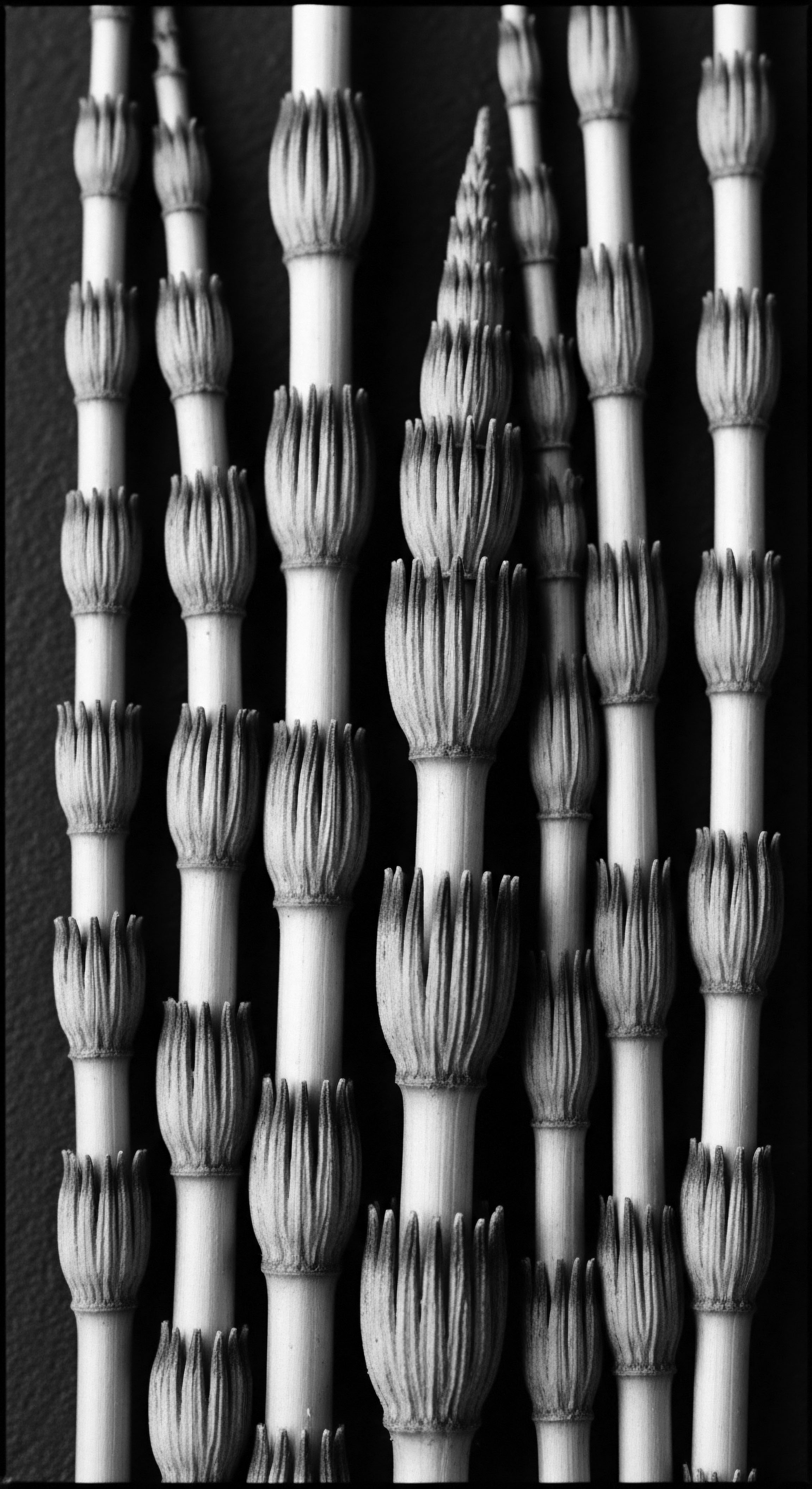
What is the biological foundation of textured hair’s form?
Textured hair's form stems from elliptical follicles and uneven keratin, which is biologically connected to ancestral environmental adaptations and care traditions.
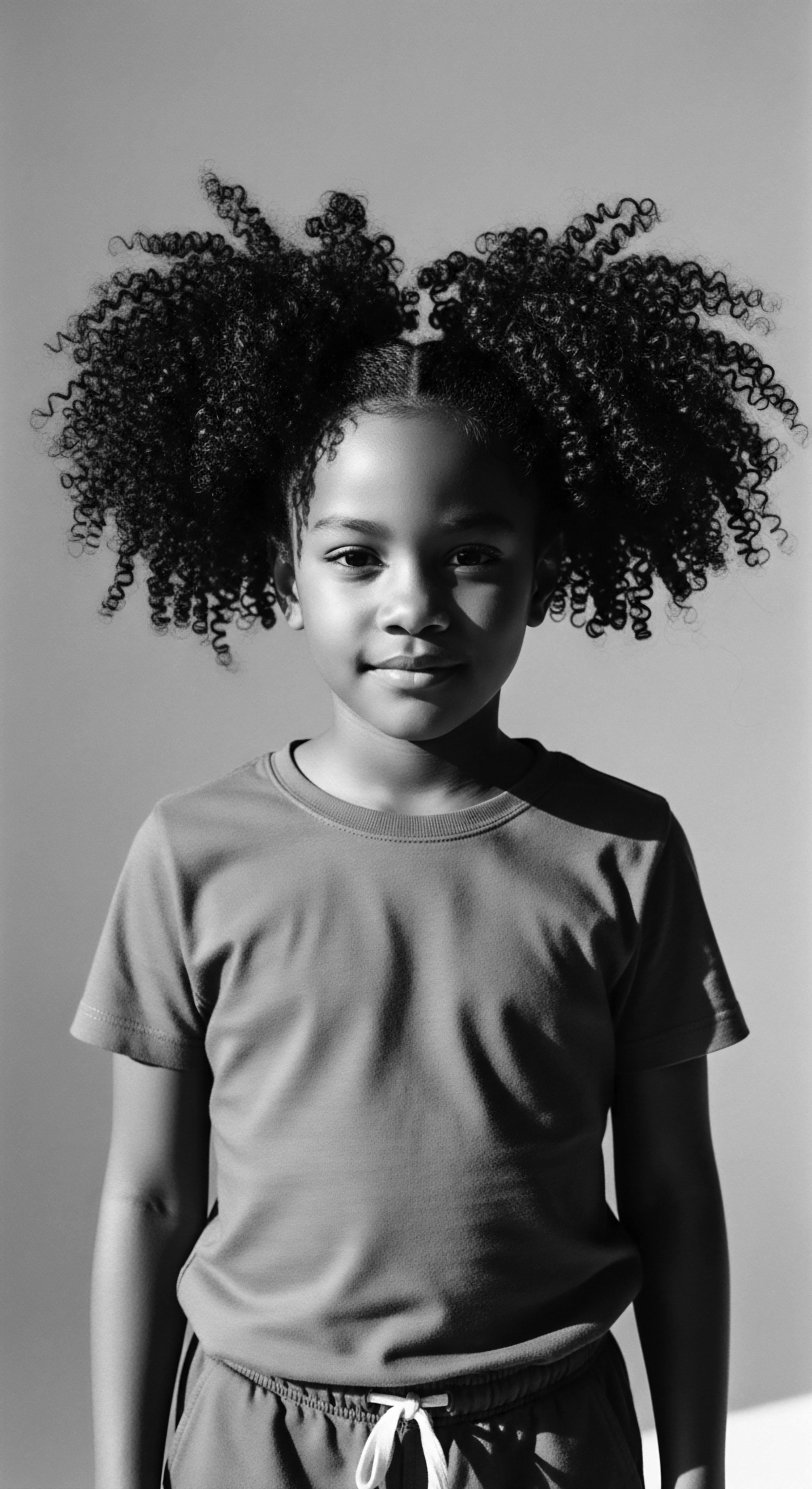
Natural Hair Biochemistry
Meaning ❉ Natural Hair Biochemistry is the scientific understanding of textured hair's structure and function, informed by ancestral practices and cultural heritage.
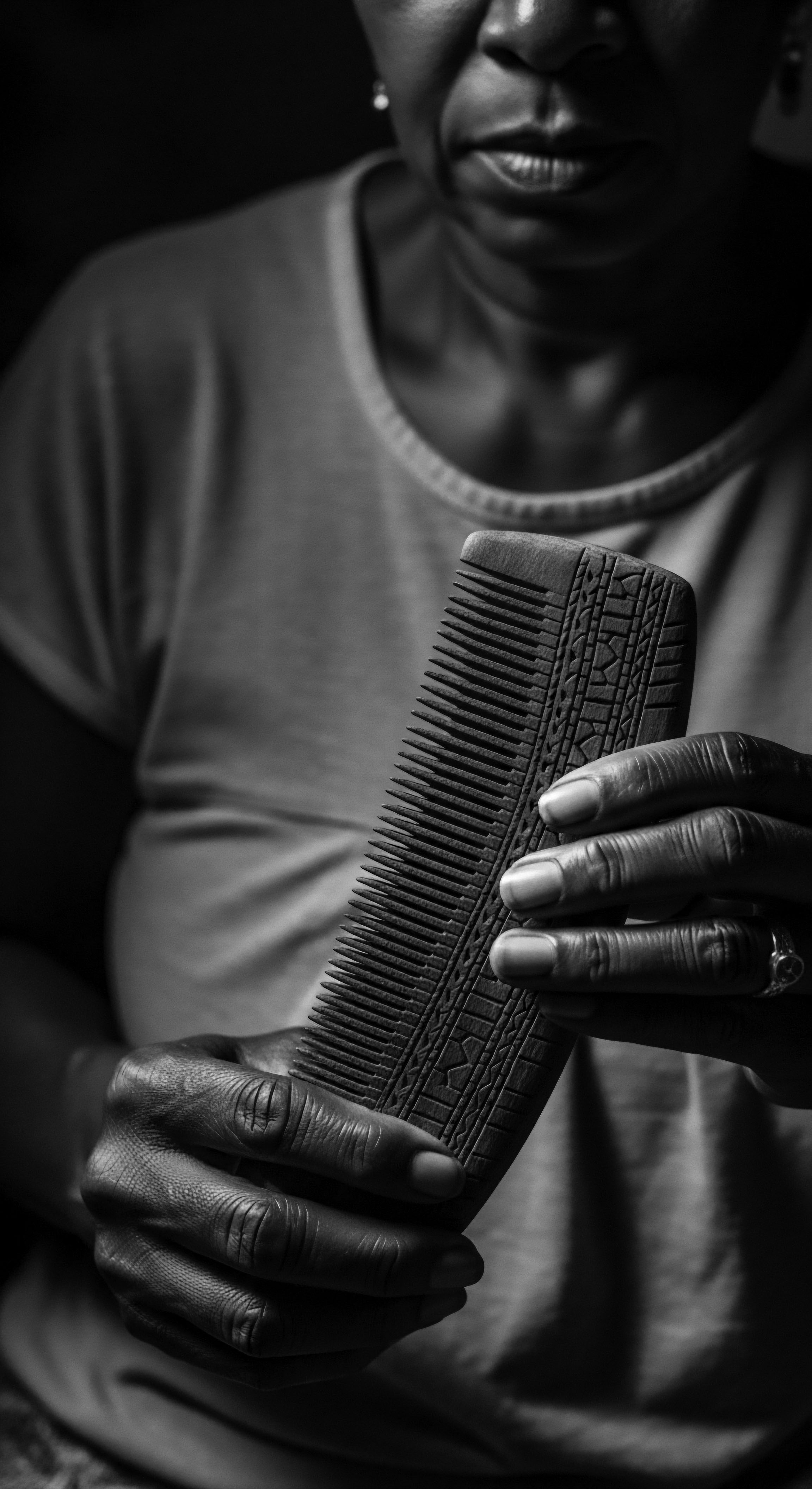
How do chemical treatments affect textured hair’s protein bonds?
Chemical treatments modify textured hair's protein bonds, altering its natural curl and linking to a deep heritage of identity and care.
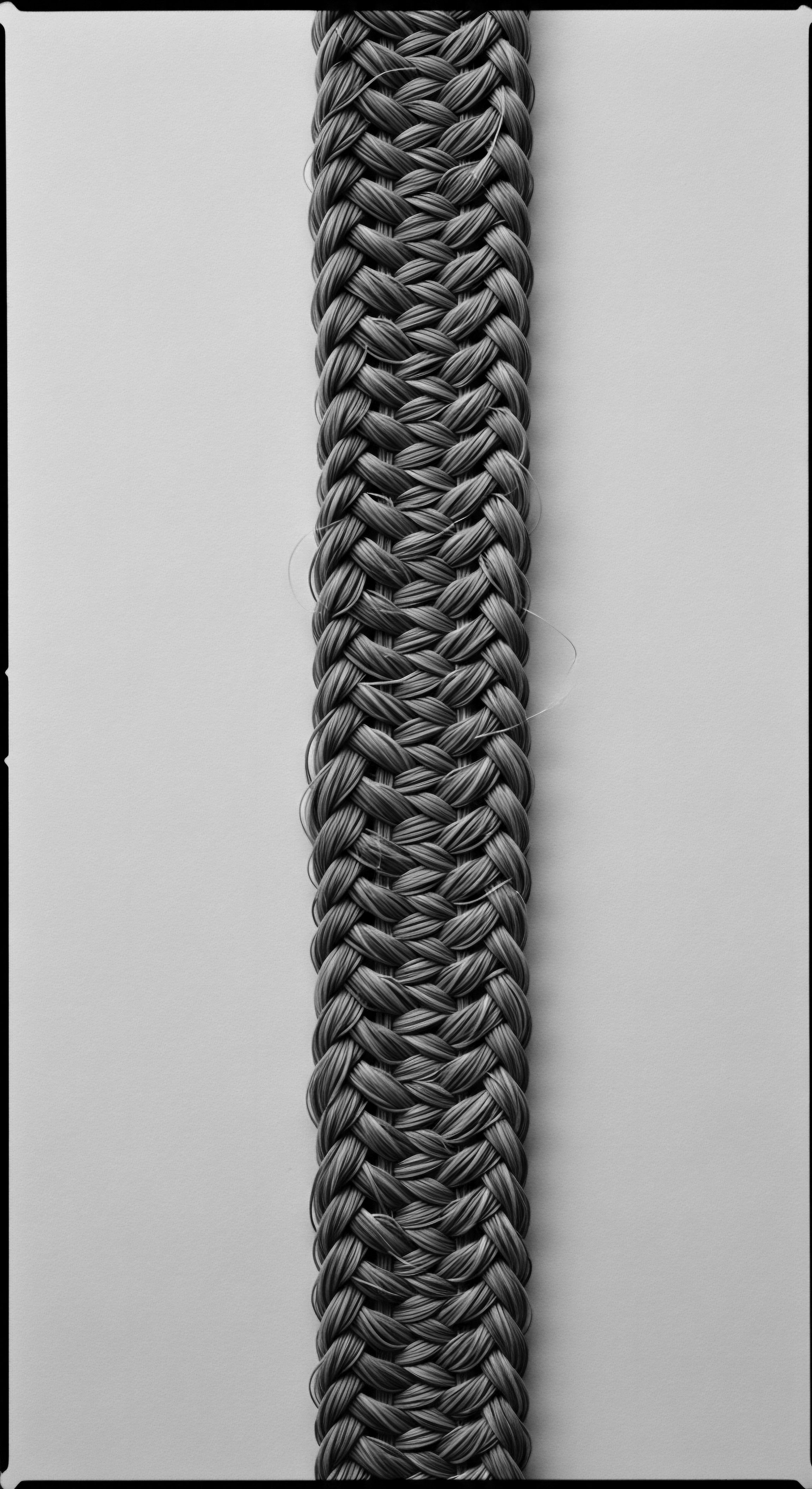
Keratin Function
Meaning ❉ Keratin function explains how this protein forms and structures hair, defining its unique qualities, particularly the resilience and curl patterns of textured hair.
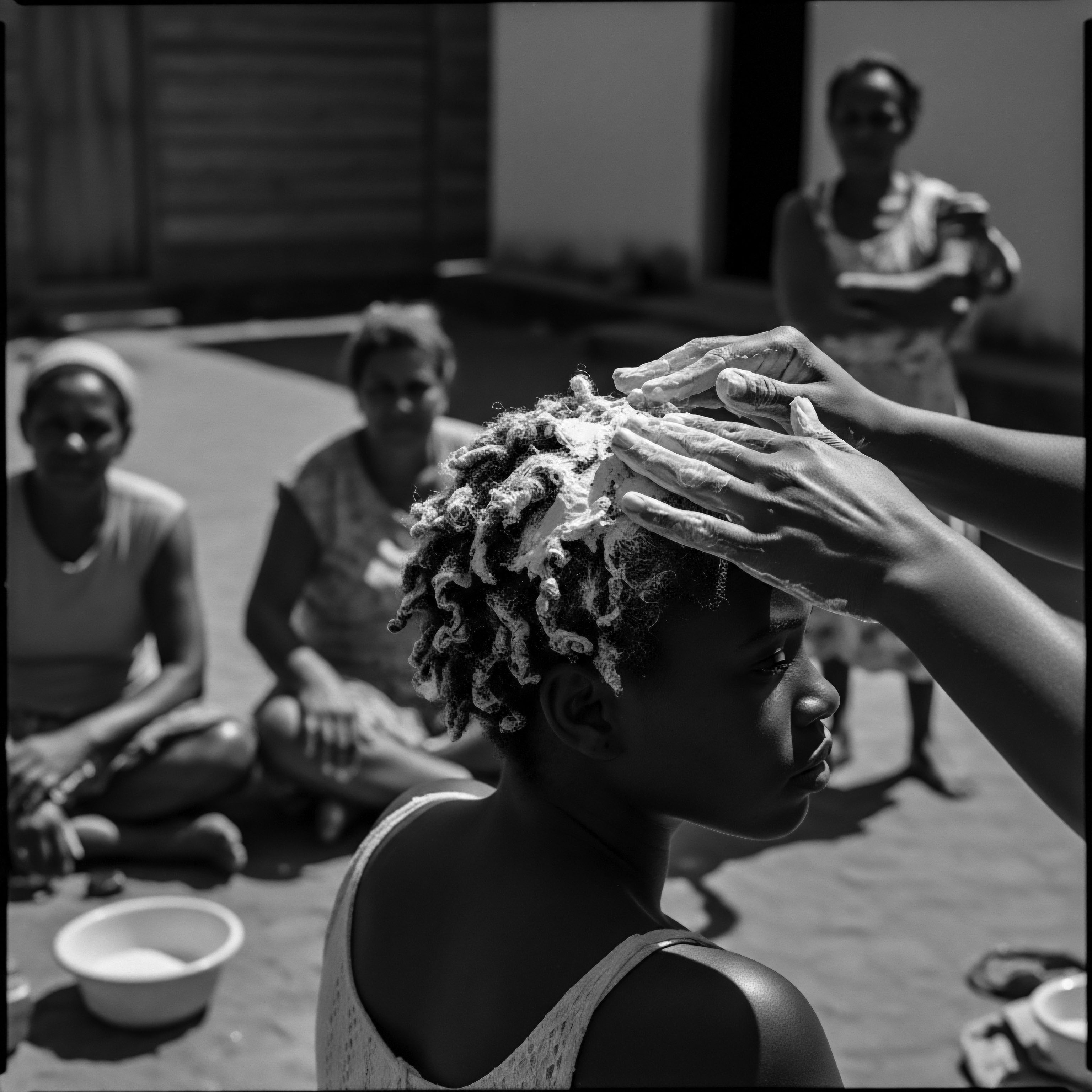
What is the biological heritage of textured hair’s resilience?
Textured hair’s resilience stems from its distinctive follicle shape, dense disulfide bonds, and ancestral care, embodying a rich biological heritage.
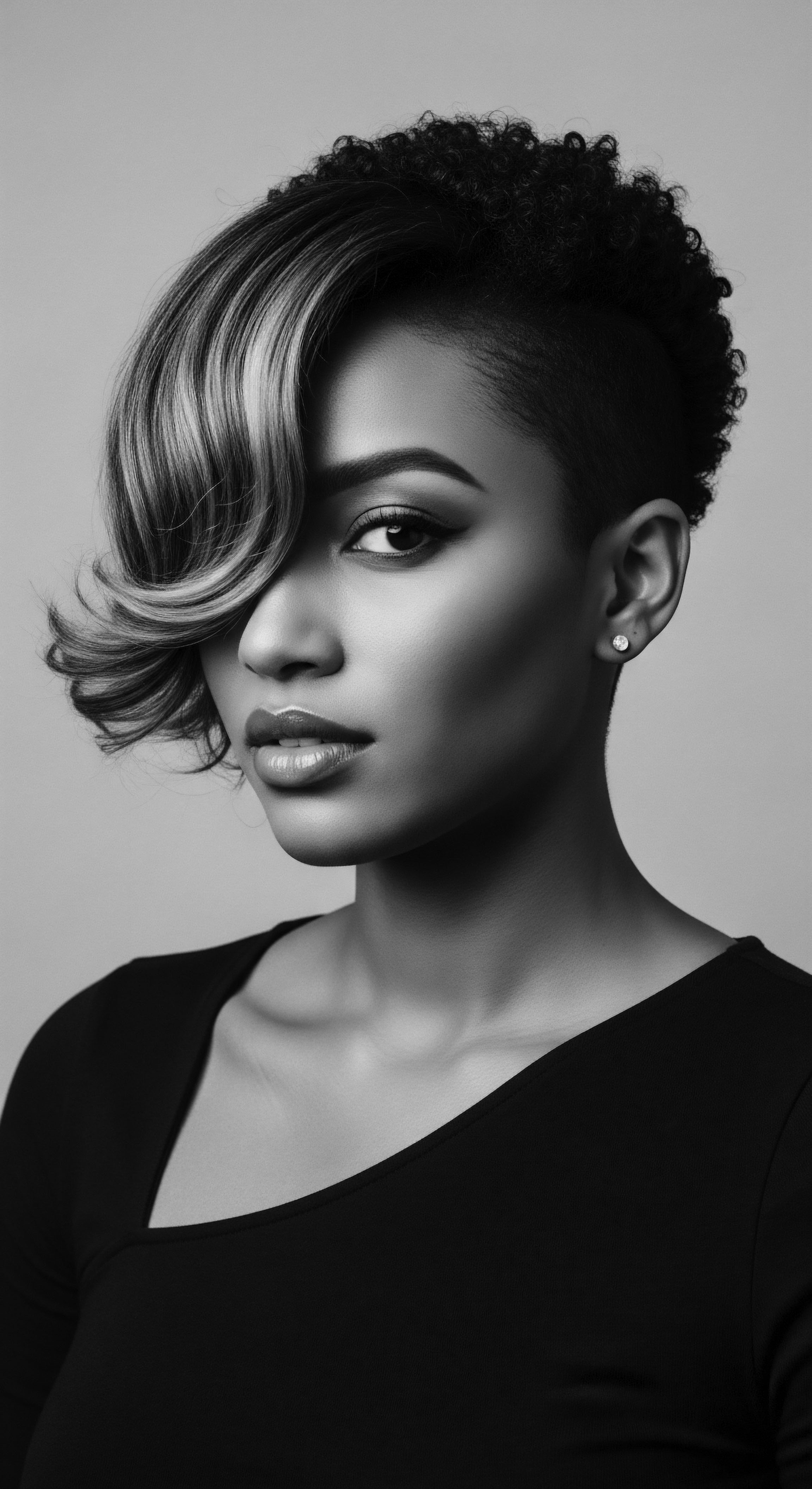
What is the biological basis for the unique coiling patterns of textured hair?
Textured hair’s coiling arises from asymmetrical follicle shapes and unique internal protein arrangements, profoundly connected to its rich ancestral heritage.
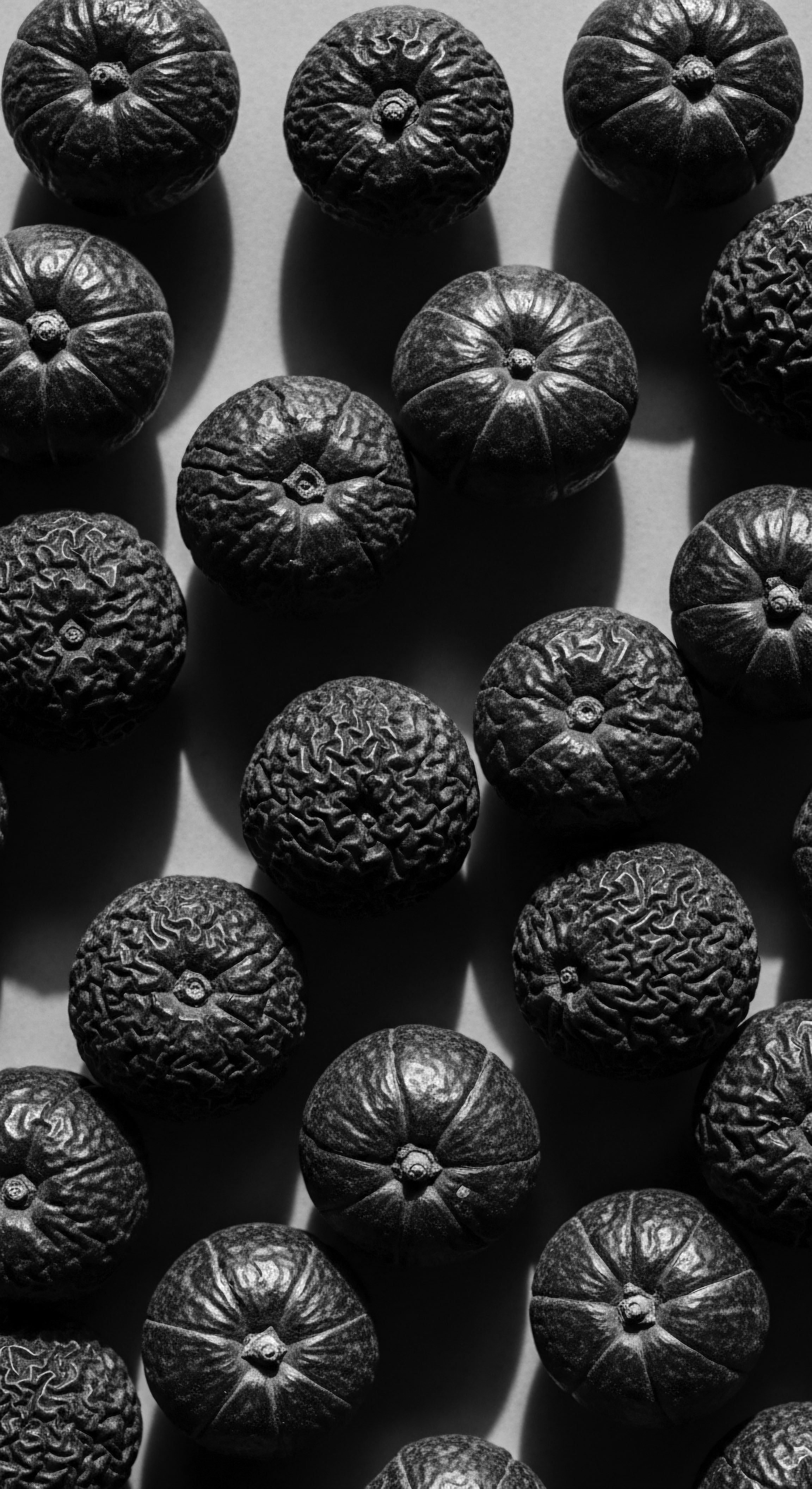
What is the biological foundation of textured hair patterns?
Textured hair patterns stem from oval follicle shapes and varied keratin bonds, a biological foundation deeply linked to ancestral heritage and cultural identity.
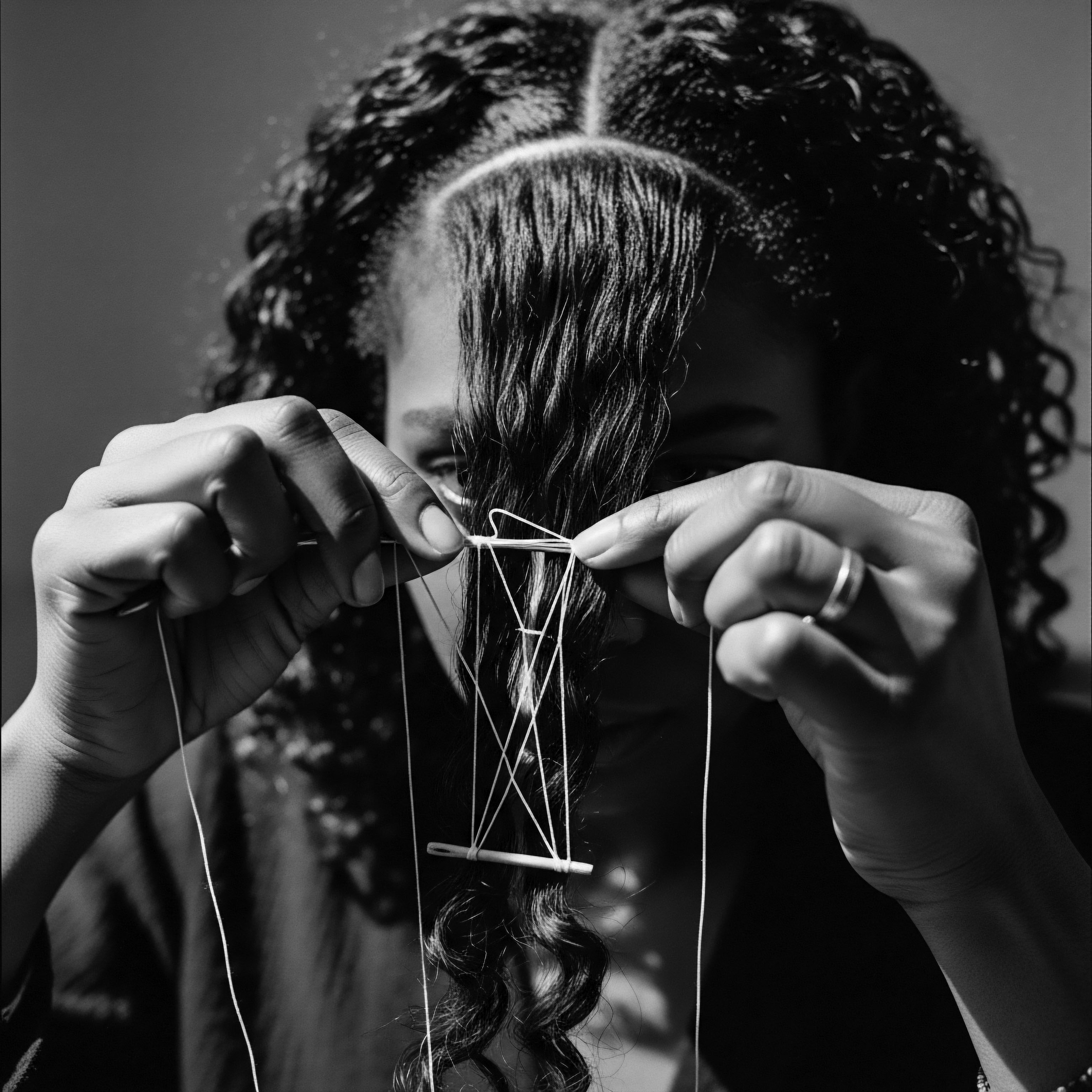
Can textured hair proteins recover their original state after chemical treatment?
Textured hair proteins chemically altered do not fully revert, yet new growth offers a profound opportunity for its original heritage to re-emerge.
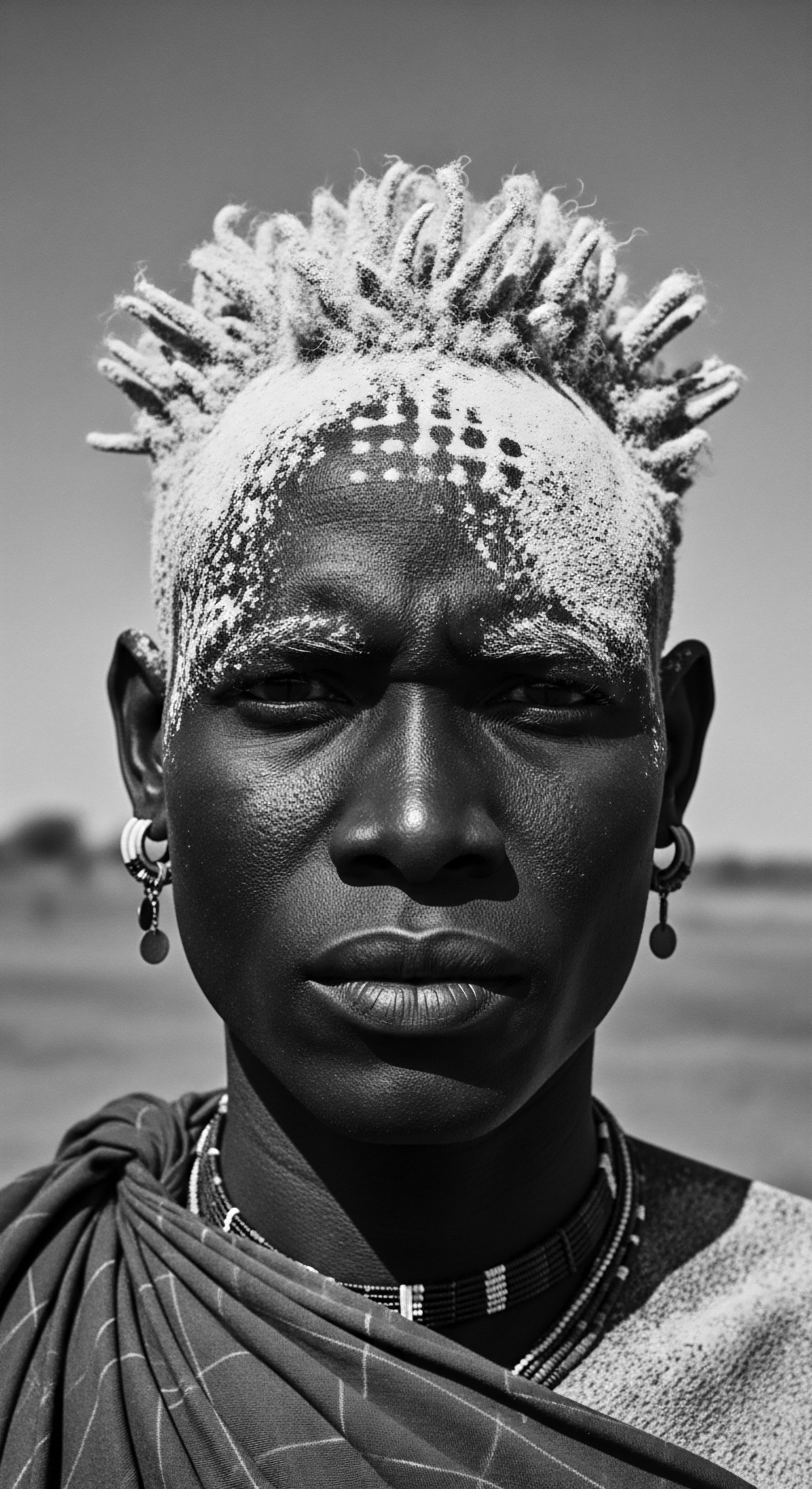
What is the biological basis of textured hair’s shape?
Textured hair’s shape stems from its curved follicle and unique protein makeup, a biological heritage echoing ancestral adaptation and cultural identity.
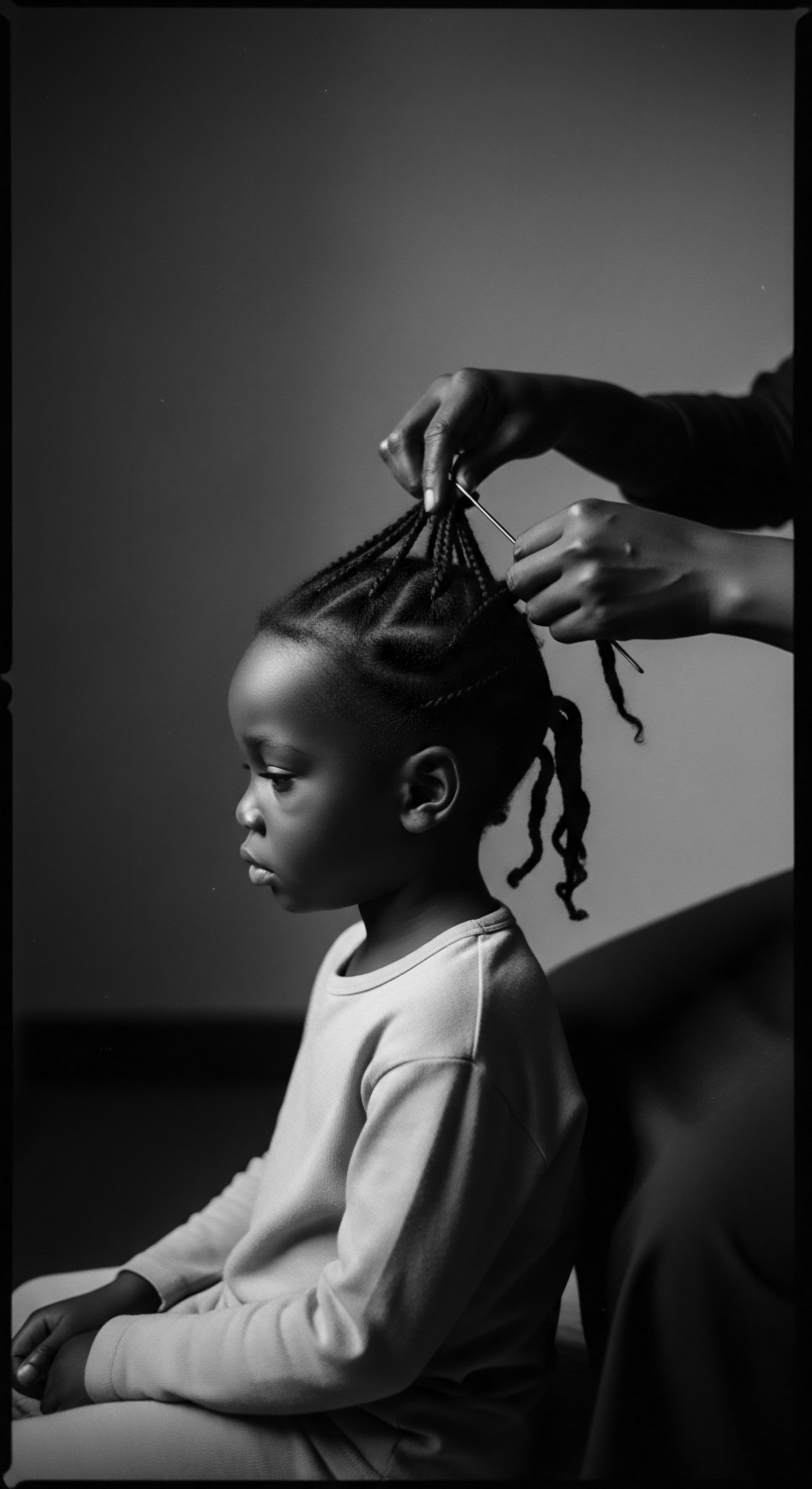
What historical impact did chemical straighteners have on textured hair proteins?
Chemical straighteners permanently reshaped textured hair proteins by altering disulfide bonds, impacting generations of Black hair heritage.
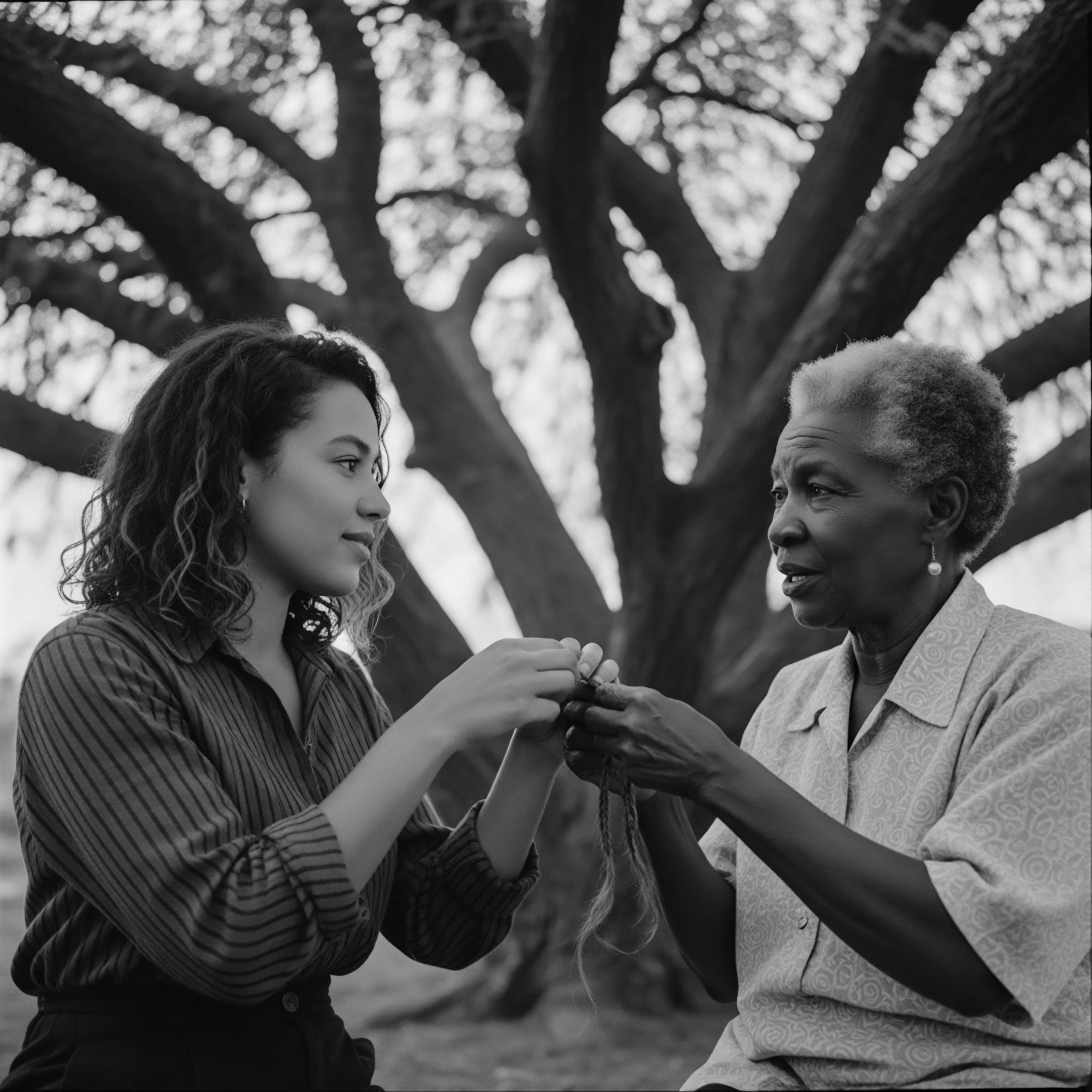
Alkaline Treatments
Meaning ❉ Alkaline treatments alter hair by elevating its pH, leading to cuticle swelling and bond modification, a practice deeply woven into textured hair heritage.
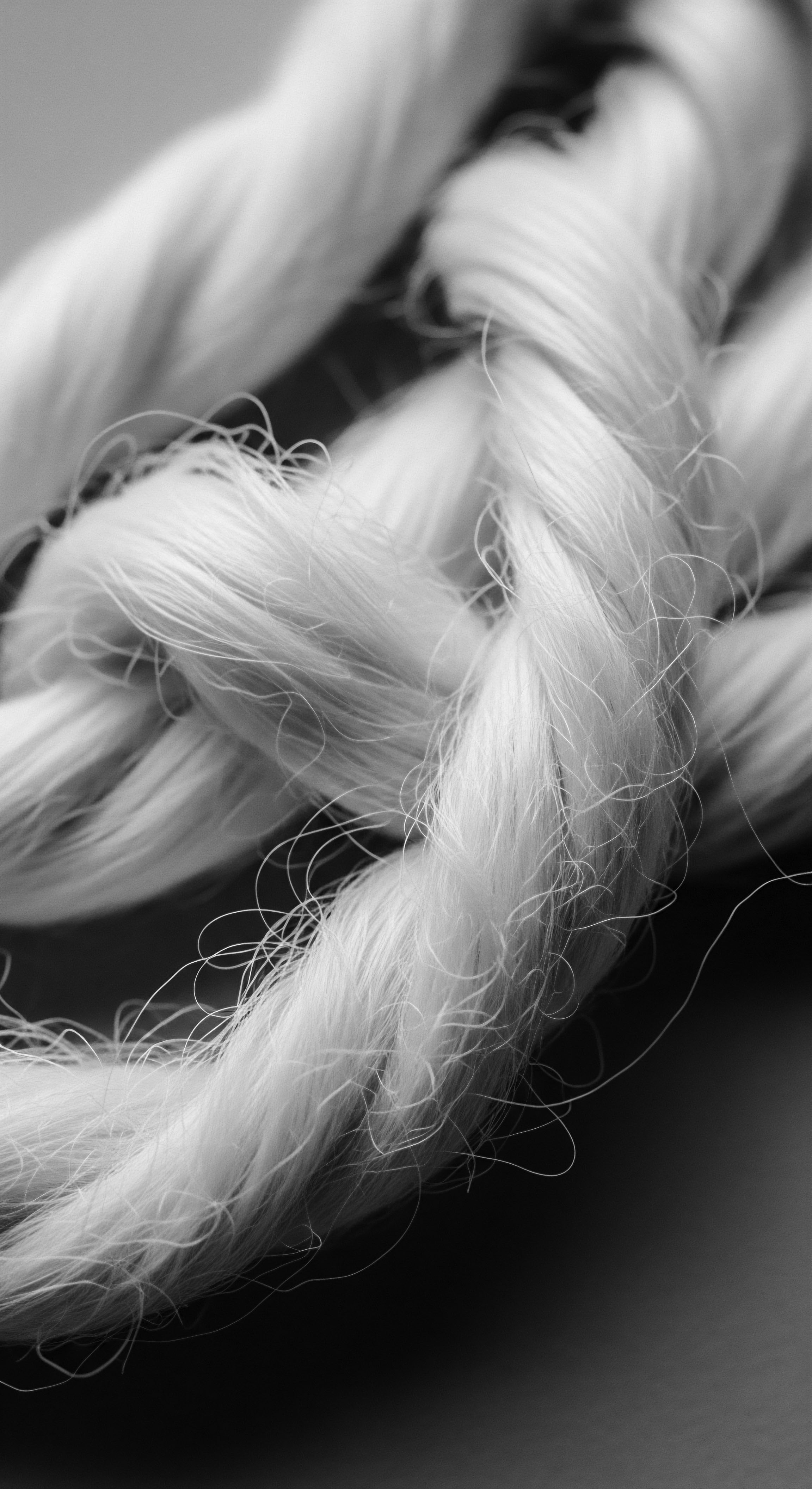
Textile Structures
Meaning ❉ Textile Structures defines the inherent physical and chemical organization of hair, particularly textured hair, as a culturally significant fiber.
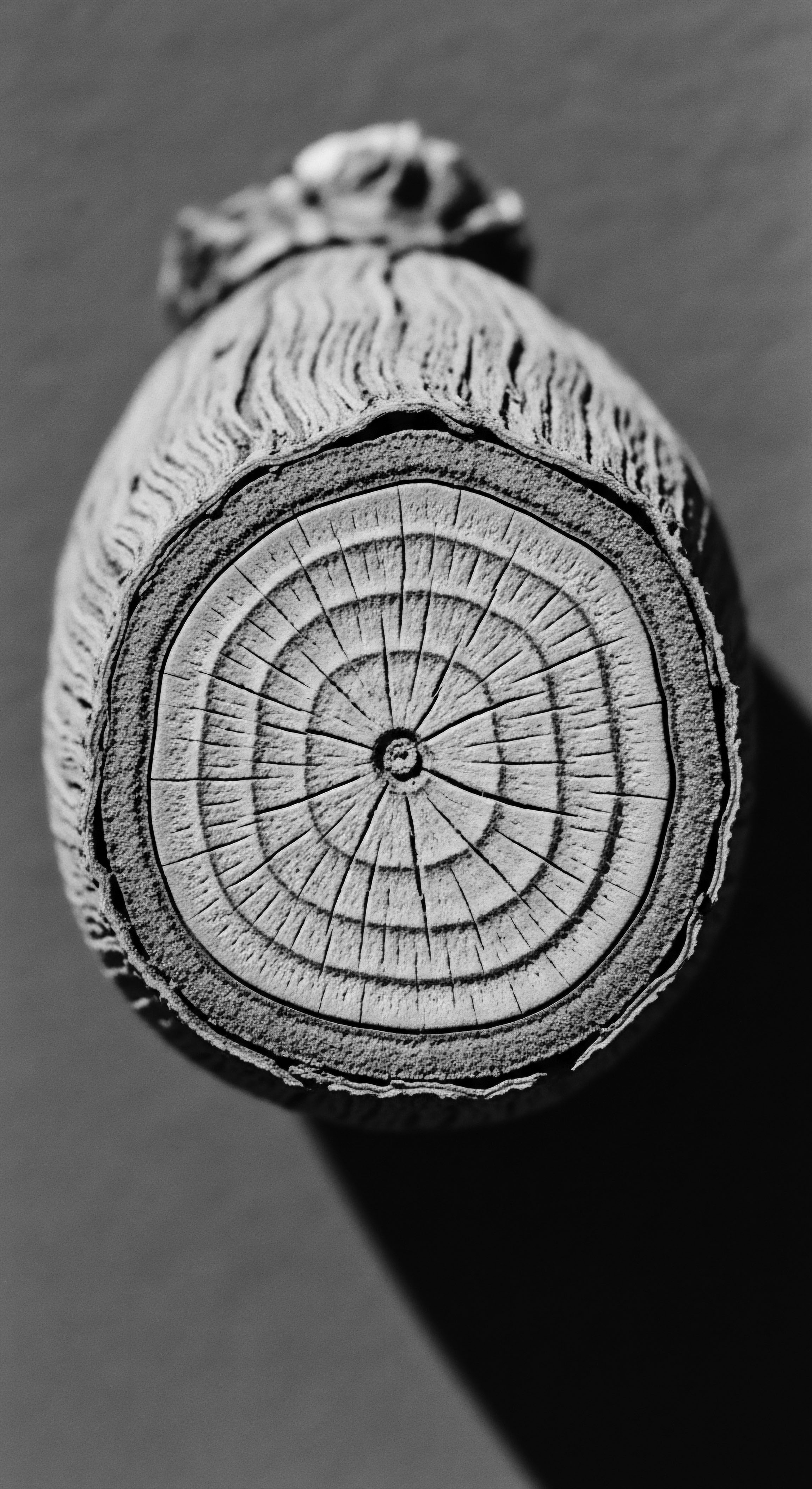
What molecular differences distinguish textured hair proteins?
Textured hair proteins differ in distribution and bonding, contributing to coil patterns and impacting ancestral care traditions.
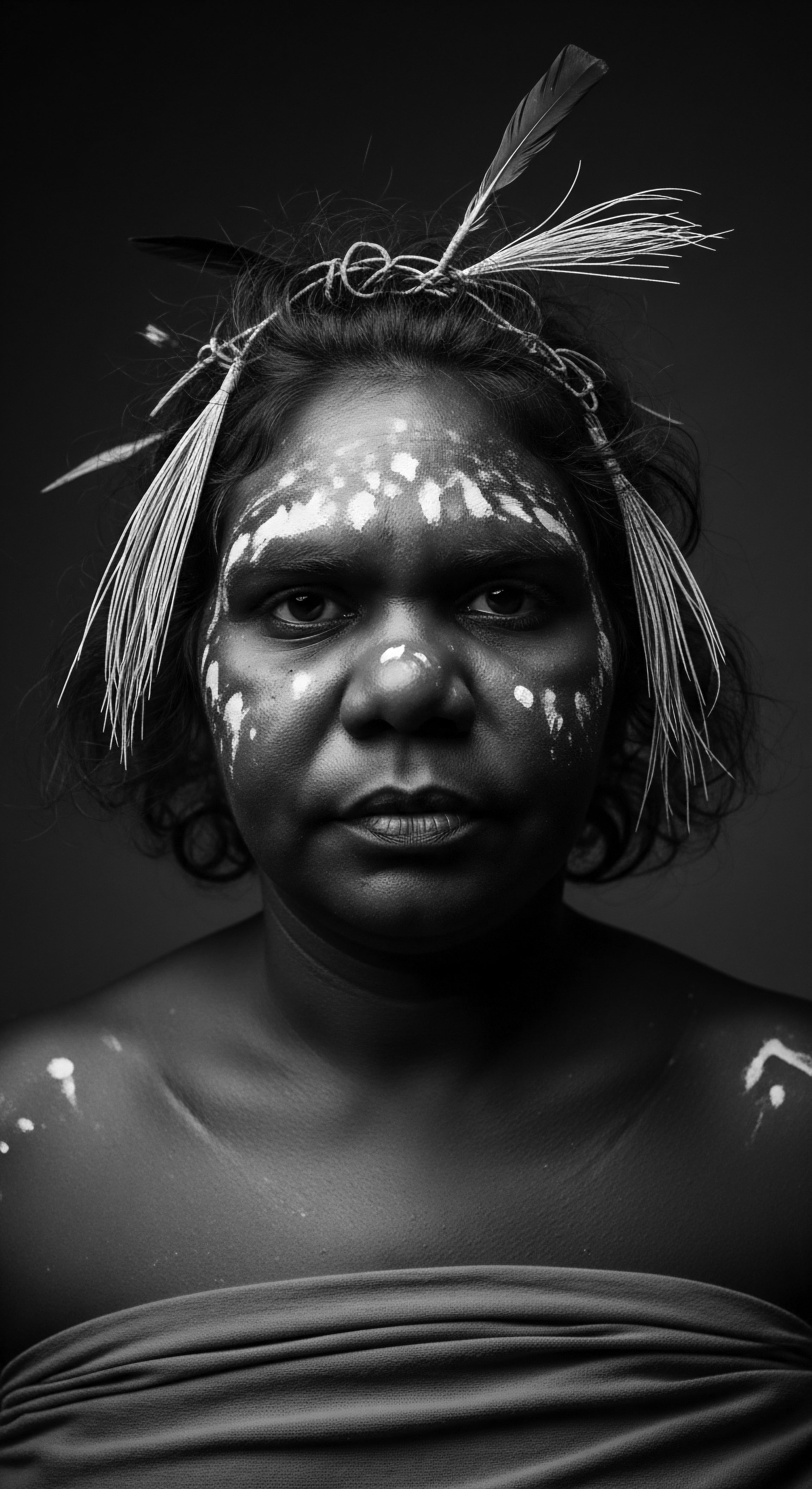
Methionine Cysteine Hair
Meaning ❉ Methionine Cysteine Hair defines the essential amino acids forming keratin, critical for the strength, resilience, and unique curl patterns of textured hair.

What biophysical factors influence textured hair?
Biophysical factors like follicle shape, cuticle structure, and lipid composition profoundly shape textured hair, reflecting centuries of heritage and adaptation.
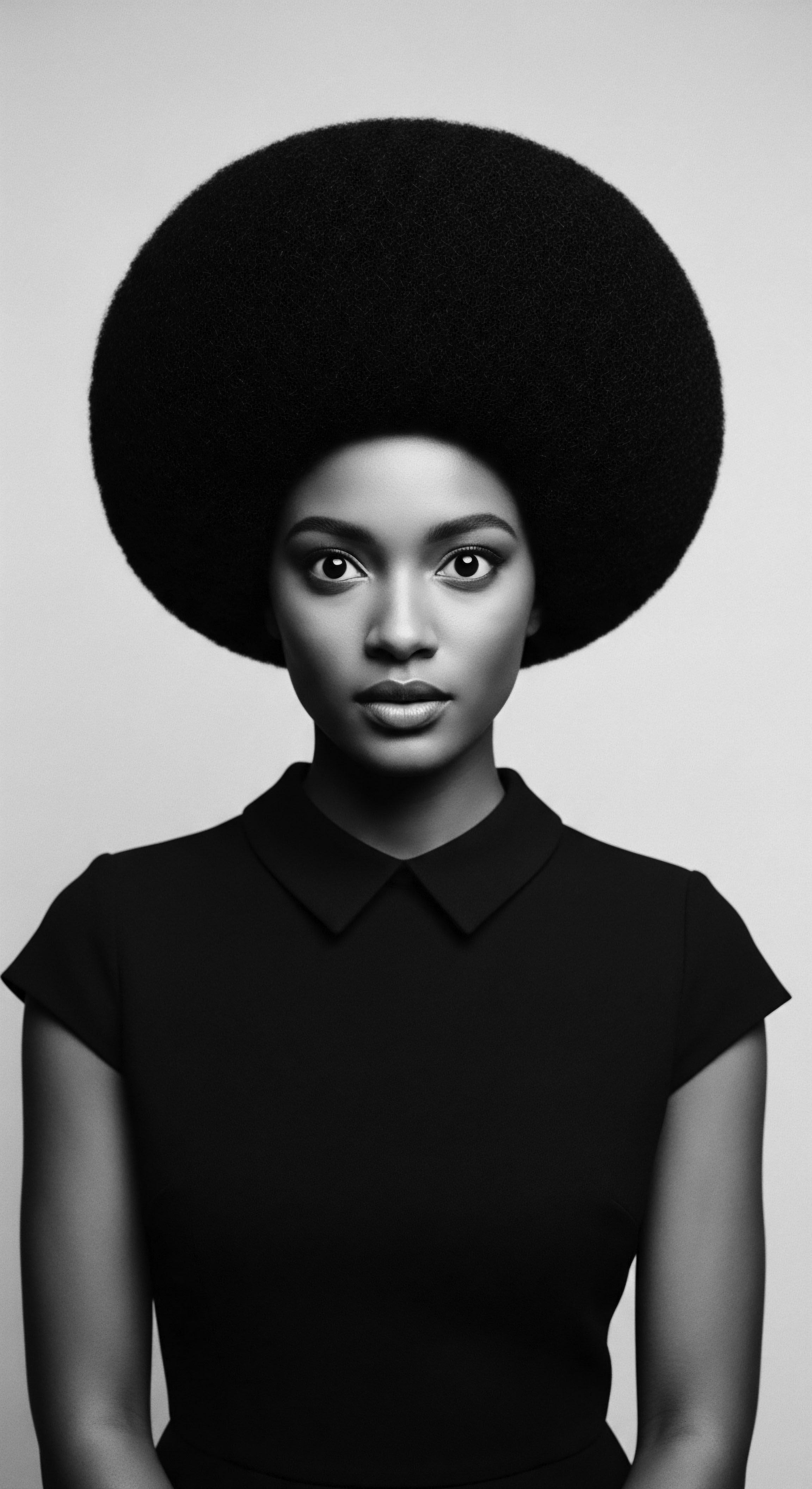
Sulfur in Hair Care
Meaning ❉ Sulfur in hair care refers to its fundamental role in hair strength and scalp health, deeply rooted in historical and cultural practices.
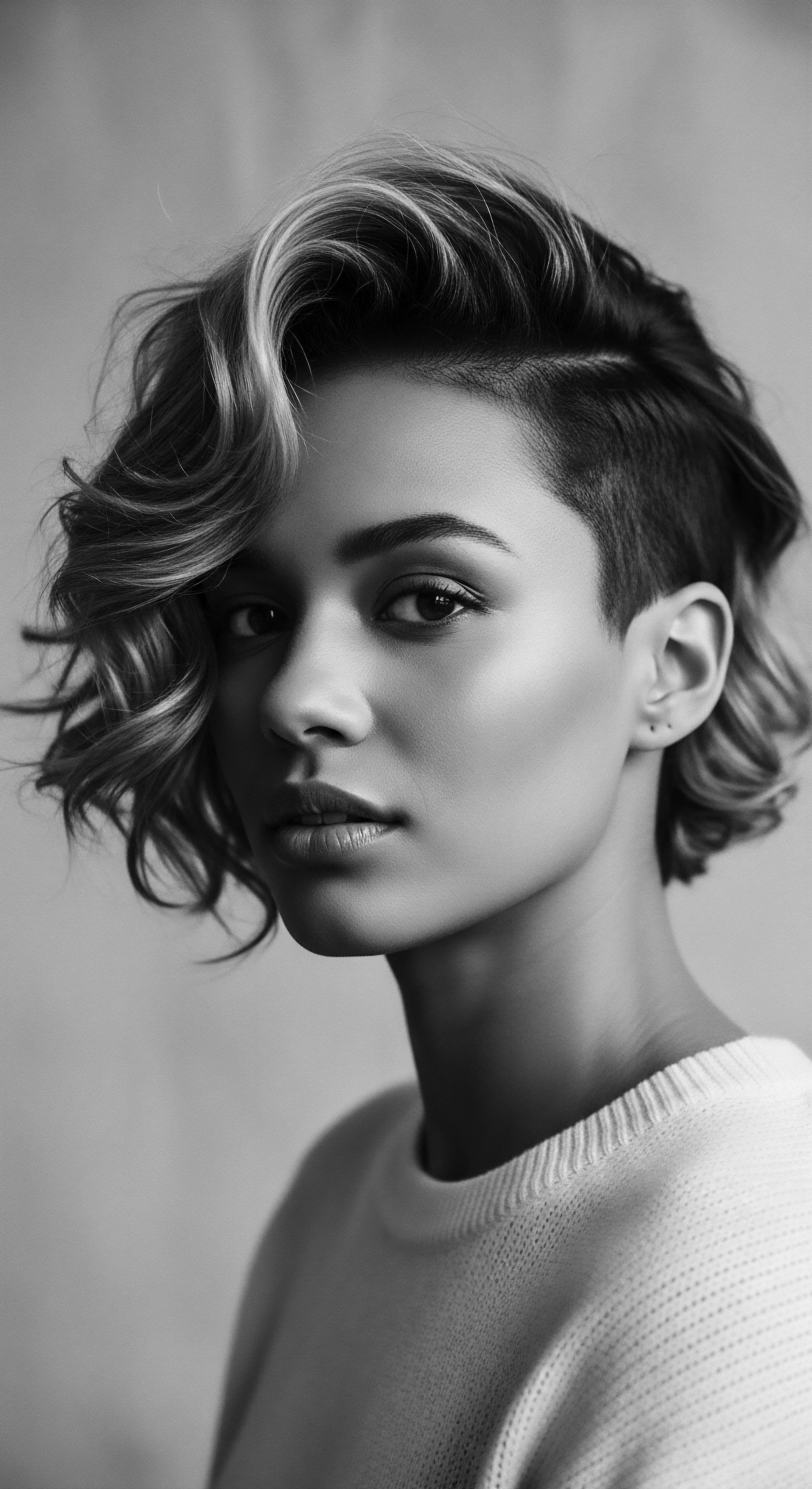
Hair Protein Modification
Meaning ❉ Hair Protein Modification describes the alterations in hair's keratin structure, influencing its strength, texture, and appearance, a concept deeply connected to ancestral hair care traditions.

What is the biological basis for textured hair care traditions?
Textured hair care traditions are rooted in biological needs like moisture retention and protection, informed by ancestral wisdom passed through generations.
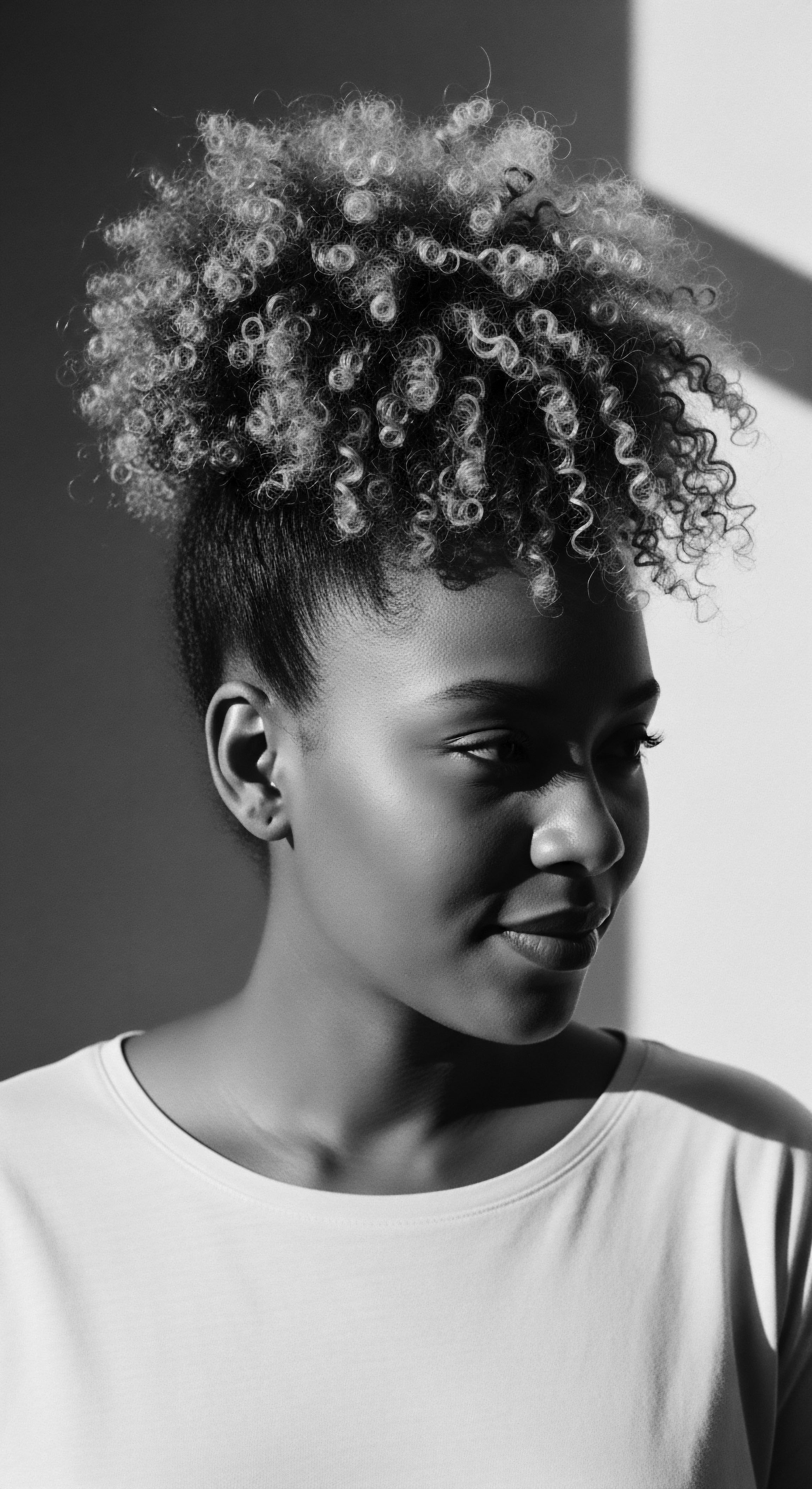
What is the biological basis of hair coiling?
Hair coiling originates from the asymmetrical shape of its follicle, a genetic trait deeply connected to textured hair heritage.
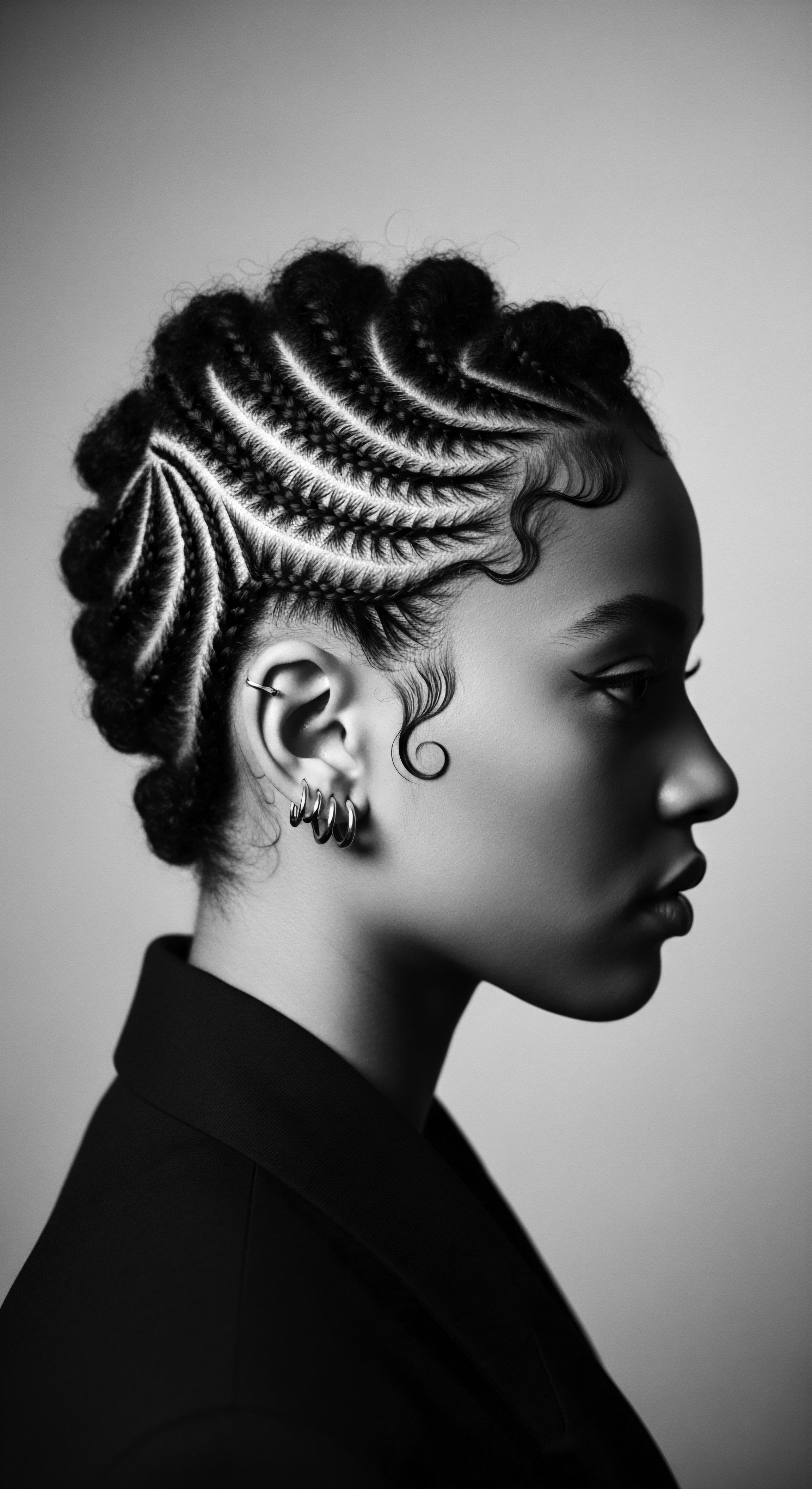
Hair Cellular Structure
Meaning ❉ This editorial defines hair cellular structure, exploring its biological layers, genetic influences, and historical care traditions, especially for textured hair.
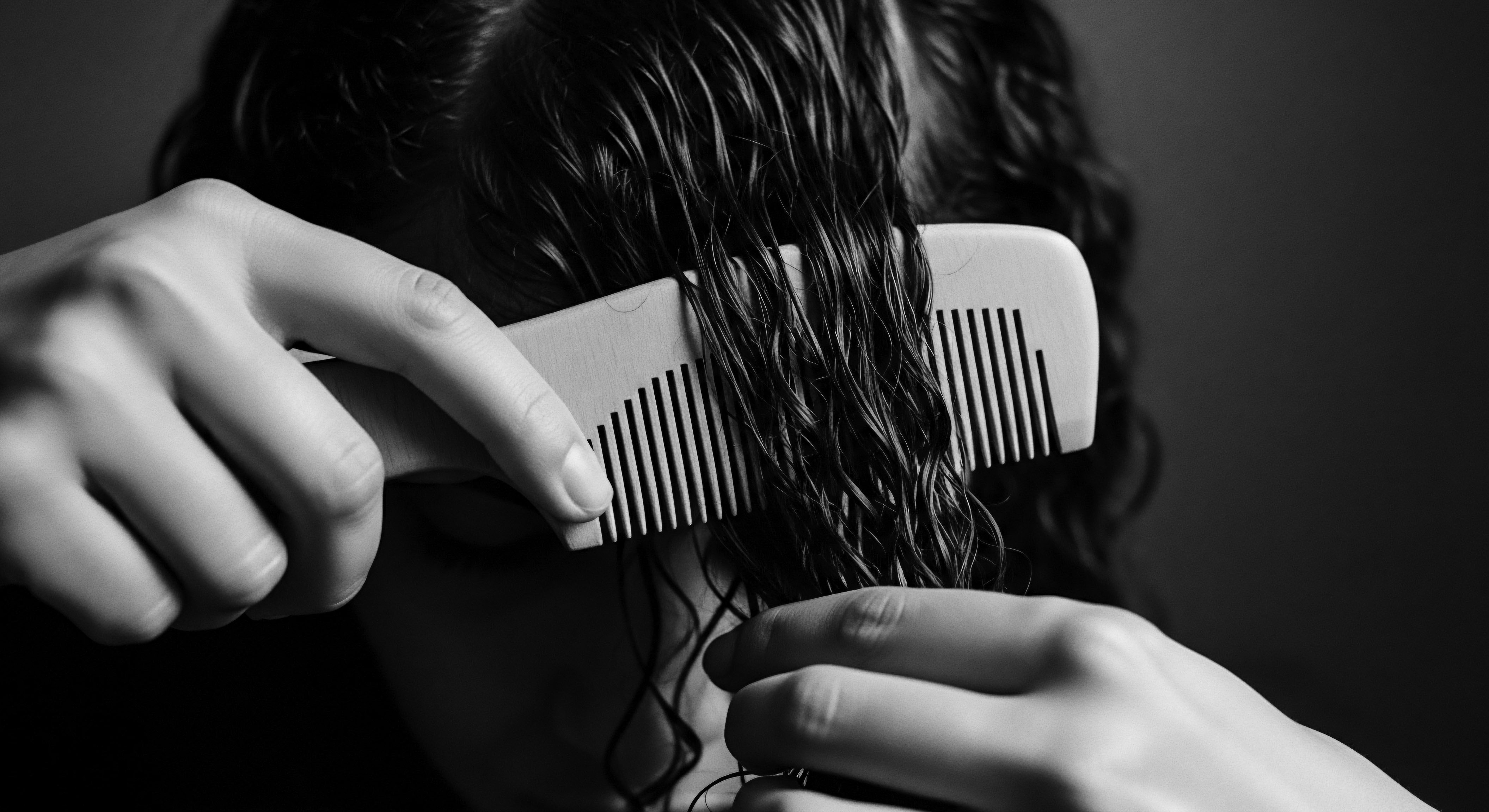
What is the role of keratin in textured hair structure?
Keratin's structure dictates textured hair's coil, profoundly shaped by ancestral care and historical choices, defining its heritage.
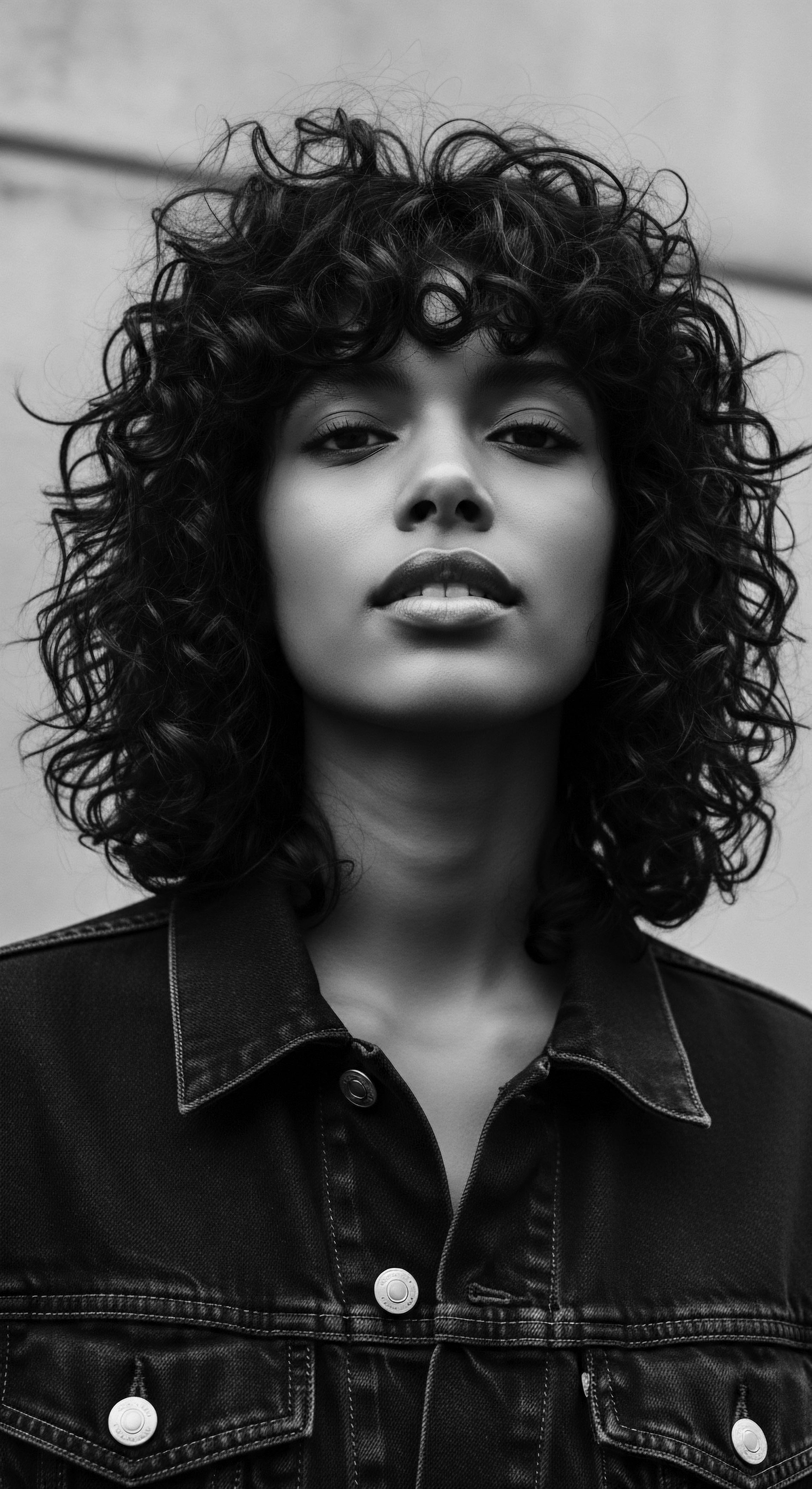
In what ways do genes dictate textured hair care practices?
Genes determine textured hair’s unique coiled structure and properties, deeply influencing care practices rooted in ancestral heritage.
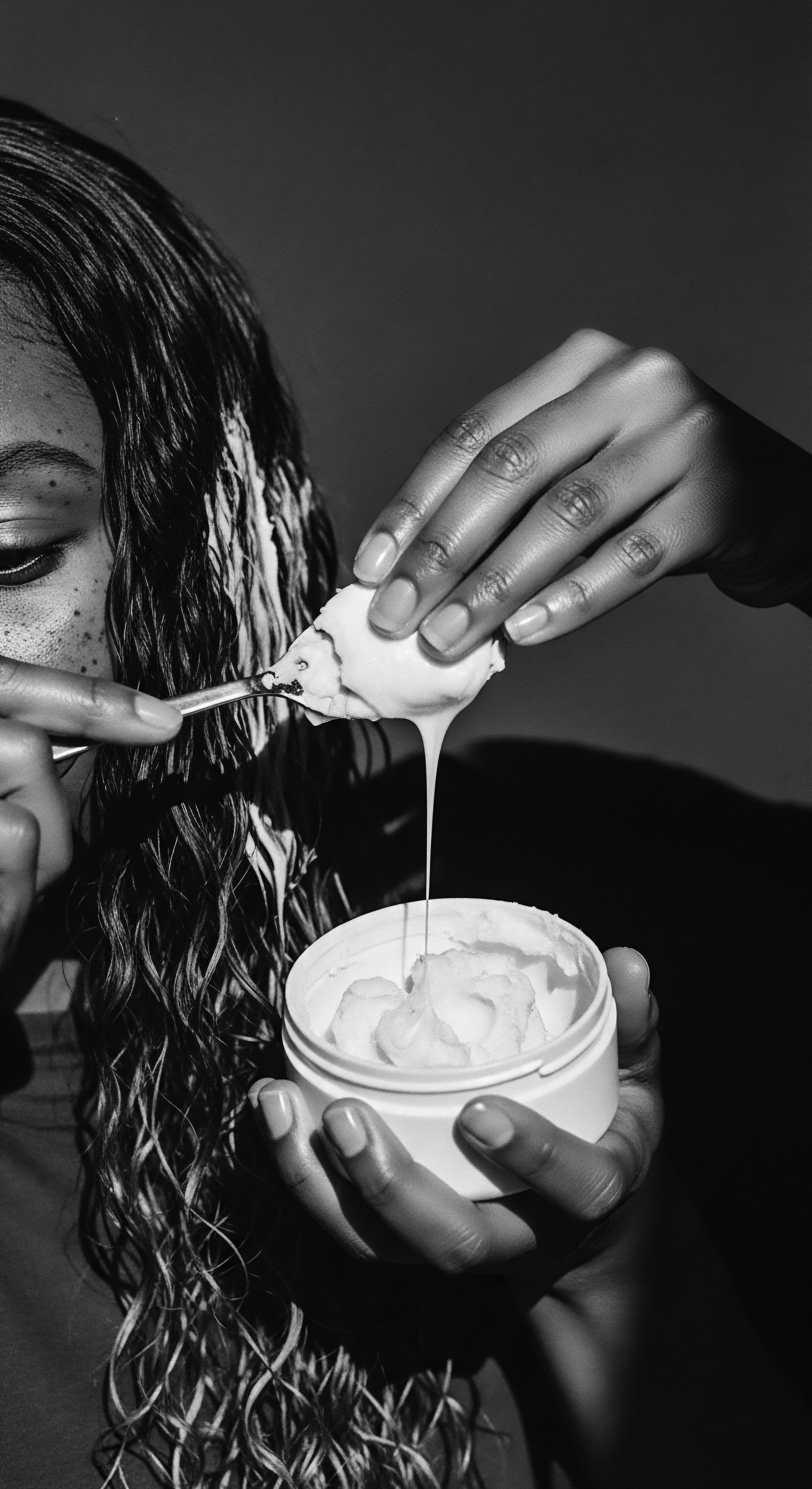
Natural Hair Components
Meaning ❉ The Natural Hair Components are the inherent biological and chemical elements that define hair’s natural state, especially for textured hair, revealing deep ties to cultural heritage and ancestral care.
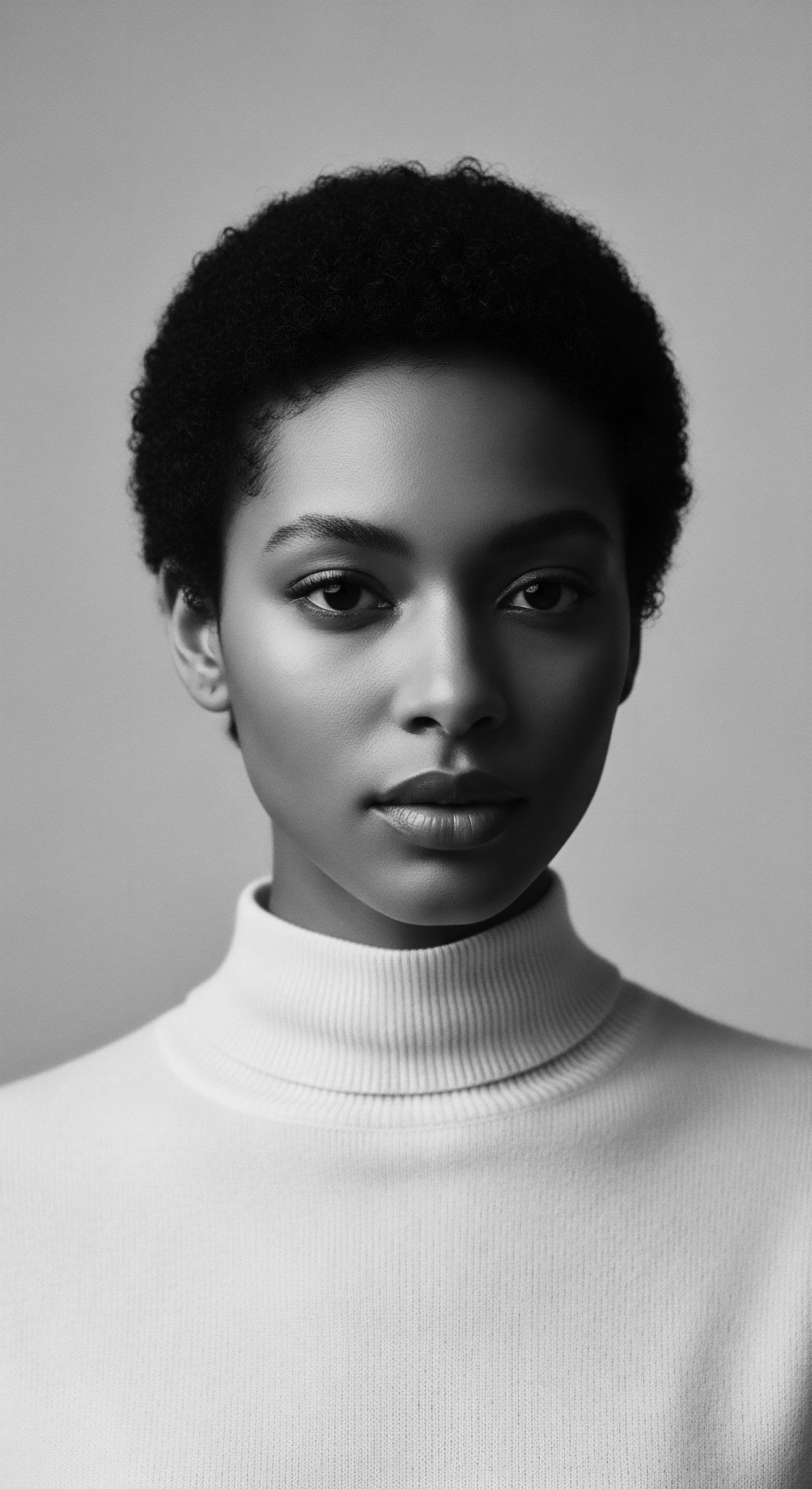
Genetic Hair Needs
Meaning ❉ Genetic Hair Needs define the inherent predispositions and unique care requirements of hair, rooted in ancestral genetic makeup and cultural heritage.
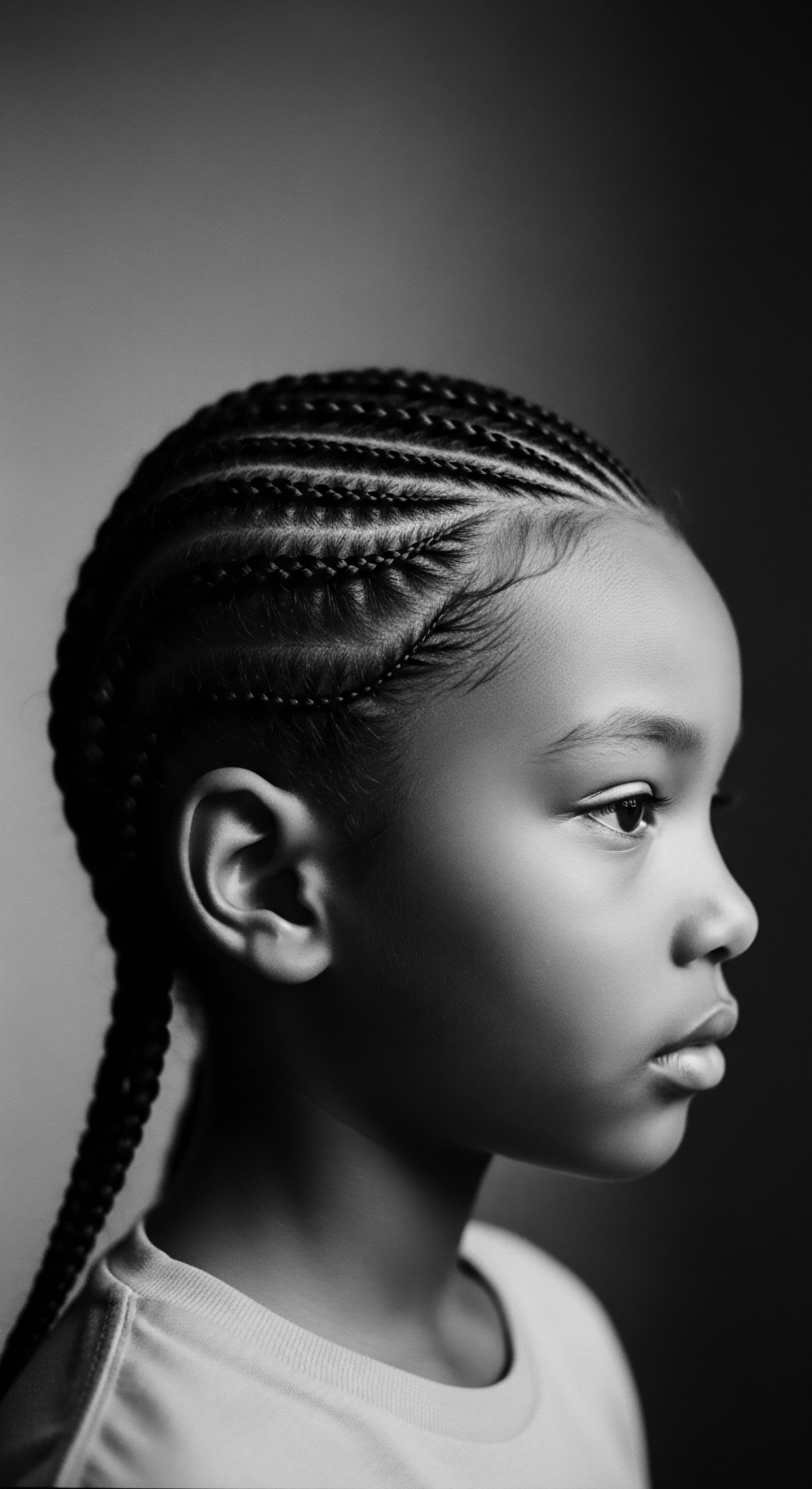
What genetic traits influence textured hair resilience?
Textured hair resilience is shaped by genetic traits influencing follicle shape, protein composition, and bond density, echoing ancestral adaptations.

